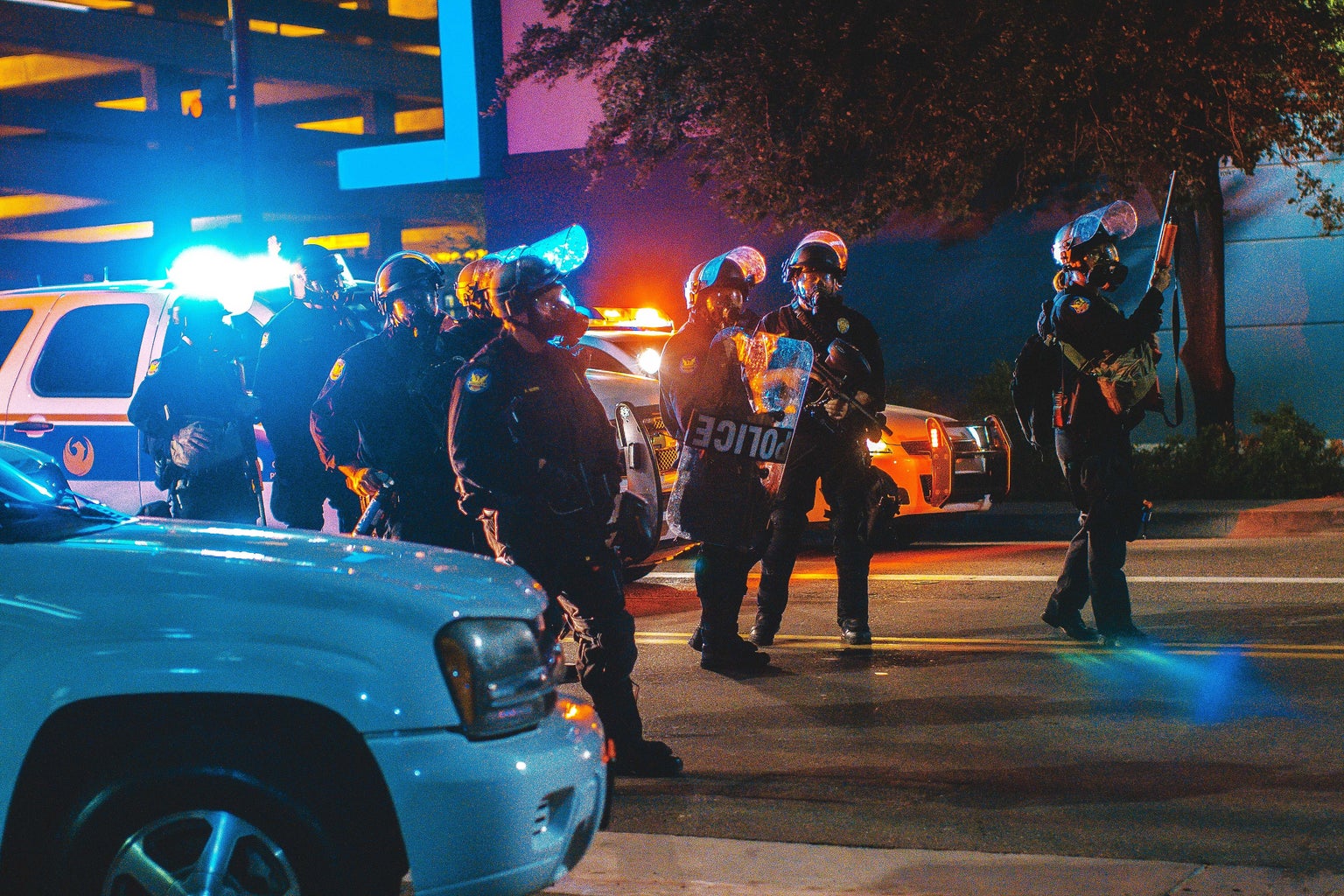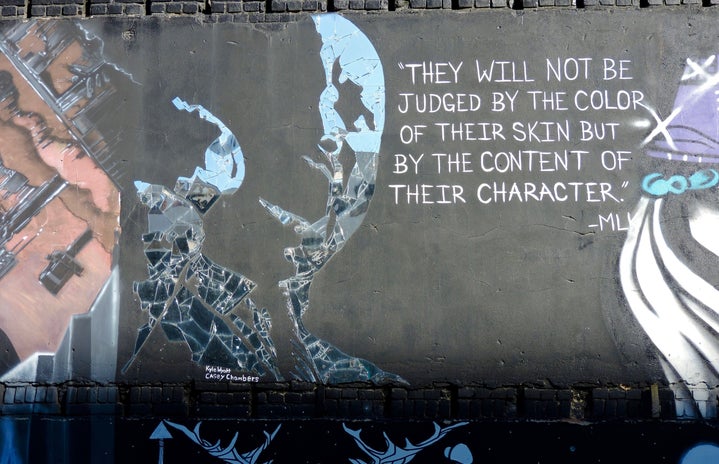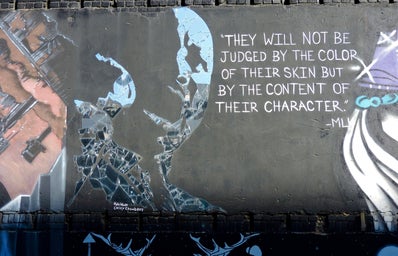What better way to enjoy Black History Month than by curling up next to your TV and watching a Spike Lee film. My choice this year was to watch “Do The Right Thing” directed by Spike Lee. This movie popped back up in the media after the summer 2020 protests as a tool used to raise awareness. The film explains, in detail, a day in Brooklyn, NY, in a predominantly Black neighborhood. The movie plot described the racial polarity in a neighborhood and the repercussions associated with bias distributed throughout the environment.
The first conflict of the film revolved around the business of Sal’s Famous Pizzeria making money off of Black individuals for over 25 years and on the wall of fame in his establishment displaying only white Italians. The character Buggin’ Out (Giancarlo Esposito) had the preliminary reaction where he was frustrated with there being no Black people on the wall and wanted to boycott the establishment until there was a change made.
This goes back to how white people in corporations and businesses feed off of Black people and their money when they’re established in an environment that has a high rate of Black people living there. Buggin’ Out was clearly the first person to recognize the discomfort of this fact and did not want to invest his money into an establishment that does not value Black achievement. This was the beginning of what was to come at the end and the death of Radio Raheem.

The police had a presence throughout the film but didn’t seem to play a large role until towards the end. Police brutality became the heart of the film when Radio Raheem (Bill Nunn) was put in a chokehold position to his death. At the beginning of the film, the cops did not react violently to the kids in the neighborhood using the fire hydrant as a way to cool off and create their own water park. They even flooded a white man’s vehicle, but the cops reacted well, which came off very surprising. But as the film progressed, the true character of everyone, including the cops, started to reveal itself.
The cops drove by three Black men chatting on the side of the street and during that tension-filled moment, they uttered the words “what a waste” to the Black men. The next scene the cops were in involved them buying a pizza at Sal’s and discussing when Sal would move to a whiter neighborhood. The racist remarks slowly became more evident. Finally, when Radio Raheem, Buggin Out and Smiley (Roger Guenveur Smith) entered Sal’s as it was closing, and expressed their concerns about the wall of fame not displaying Black individuals.
They engaged in a heated argument that led to Sal (Danny Aiello) destroying Radio Raheem’s boom box. This created a rift in the pizzeria and began a huge fight resulting in one of Sal’s sons calling the police. After the police arrived, rather than deescalating the situation, they immediately grabbed Radio Raheem rather than Sal and put him in a chokehold until he died. While observing Smiley, he was clearly shaken by the whole situation and frustrated because he noticed that one of the cops was Black but still ended up killing Radio Raheem.
This part of the movie was a perfect example of the connection between race and police brutality in this environment. Society labels predominantly Black neighborhoods as unsafe and having a high crime rate, but clearly, there was a presence of cops all throughout the film monitoring the environment. An environment will have a high crime rate if there is a high presence of police, and that was shown clearly throughout the film.

It was a slow-paced film that carried a lot of important details that were analyzed throughout the course of the film. Smiley was an underappreciated character that played a vital role in the events that took place. He placed the photo that he was selling for two dollars throughout the whole day on the wall of Sal’s Famous Pizzeria while the establishment was burning down to commemorate Radio Raheem’s death.
I felt that was so important and a great way to close off that scene. Another part of the film that wasn’t in the actual plot but was important in understanding the concept was the two quotes at the end by Martin Luther King Jr. and Malcolm X. They are both different in their ways of tackling civil rights and social justice holistically. MLK believed in a non-violent approach whereas Malcolm X believed that violence is necessary especially when it deals with self-defense.
I used that contrast to connect the whole concept of the film together and make all of the moving parts become one. There were moments of violence displayed especially during the riff with Radio Raheem and after his death that showed acts of self-defense. But the act of violence and the response that Mookie (Spike Lee) had the day after with his encounter with Sal showed that with violence can also come with compromise. Mookie wasn’t angry with Sal, nor did he want to lose his job, but rather made it evident that an establishment can be rebuilt, but a Radio Raheem’s life can not be recovered.



